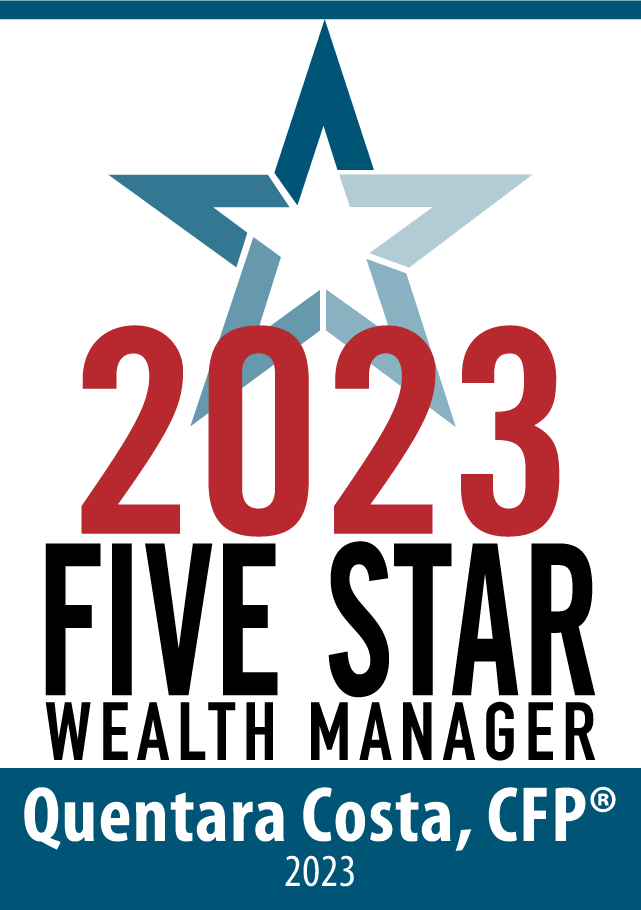Your checking account is at an all time high and you’re eager to do something more with your money. Anything has to be better than just letting it just sit in checking… right?
Here is a roadmap on exactly where to put your next dollar:
- Ensure there is enough cash reserve to cover emergencies. For dual income households you should have 3 months of cash on hand to cover living expenses. For single income scenarios aim for 6 months. This may cover a short-term disability, leave of absence, job loss, and any other unforeseen expense. If for some reason that seems like a huge number, don’t get frustrated. Instead, focus on non-discretionary living expenses (mortgage, utilities, groceries, gas). Spending on more discretionary items (travel, entertainment, and dining out) can always be reduced during a rough patch. Cash reserve should be kept in a money market account that earns something more than a traditional checking/savings account. These rates generally vary between 1.0-2.0%.
- Make sure short-term goals are also funded. Emergency cash reserve should not be double counted for short-term goals. They should be treated as two separate buckets. Yes this may include a car or vacation, but it may also be investing in yourself. If you’re ready to start your own business, pursue education, or focus on wellness, make sure to save enough cash to provide yourself a solid runway.
- Pay down credit card debt, especially if its accumulating interest at the typical 15%+ APR rates. Sometimes balance transfers are available to temporarily reduce rates to 0% for 12-18months. If the full balance can be transferred, then take advantage of this promotional period to aggressively pay down the debt so every dollar paid is applied toward principal rather than interest. If the full balance can’t be transferred, then apply as much as possible to what’s remaining at higher rates and just pay the minimum for what’s at 0%. Hopefully at the end of the promotional period, you can do another transfer so you can repeat the process toward what’s remaining.
- If you still have cash flow to spare, add enough to your employer plan that you’re at least receiving any matching contribution.
- Now that you have cash reserves, lower/no credit card debt, and retirement savings, you may want to consider adding to a traditional brokerage account. While adding as much as possible to a retirement plan is tempting, it can be very helpful at times to have a brokerage account.
- For instance, let’s say you’re 50 and need more than what’s available in cash reserve for an unexpected business endeavor, helping out a relative, or to carry you beyond a 3-month rough patch. Having only home equity and retirement plans is considered fairly illiquid at that age because it can be costly or time-consuming to access. Having a brokerage account can be very valuable.
- Non-retirement accounts can also play a role in controlling taxes during retirement since each dollar pulled from your retirement accounts will be fully taxable. Pulling what’s required from those accounts plus having access to a brokerage account may help keep you in a more favorable bracket if necessary.
- Contribute to any available health savings accounts. These have triple tax advantage. Pre-tax contributions, tax-free growth and tax-free distributions when used for qualified medical expenses.
- Further contribute to or max out retirement plan options. In 2020, you can contribute up to $19,500 to your 401(k) and another $6,500 if you’re age 50+. No 401(k)? You could contribute to an IRA or Roth IRA. In 2020 the limit is $6,000/year with an additional catch-up of $1,000 if you’re age 50+.






This Post Has 2 Comments
Pingback: Effective Options to Reduce Credit Card Debts without Hurting your Credit - North Andover Financial Planner | Powwow, LLC
Pingback: Where to keep your cash now that interest rates are high(er) - North Andover Financial Planner | Powwow, LLC